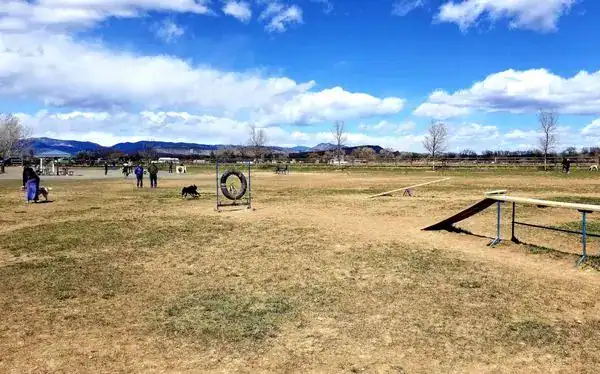Are Colorado Gun Ranges Safe? Here’s What the Statistics Say
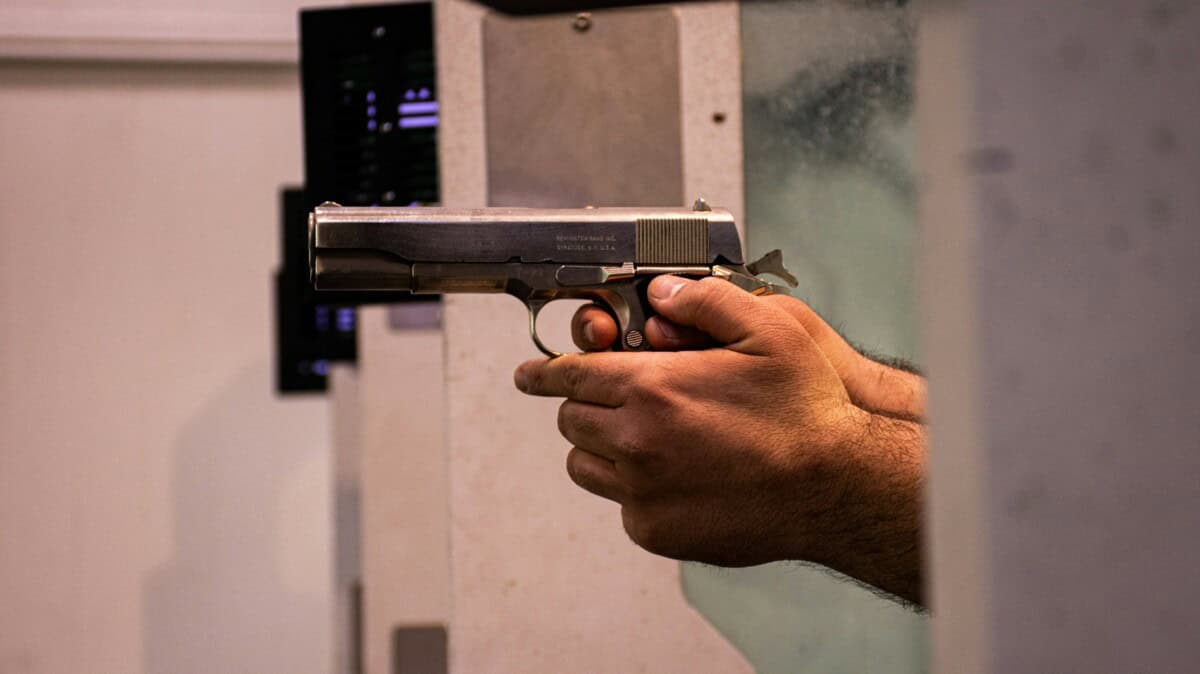
Are gun ranges safe? They often get a bad rap, but actual data tells a different story. Fatal accidents are rare, and safety protocols are strictly enforced across most commercial facilities.
In fact, lead exposure is statistically the biggest health concern at gun ranges.
That said, there are some concerns with both indoor and outdoor shooting ranges that do deserve real attention.
Statistics on gun range safety are a little bit hard to find–neither state health organizations nor gun ranges keep data on accidents and deaths that occur.
However, here are some statistical insights that reveal the real risks that you do and don’t run at a shooting range.
Fatalities and Accidents at Gun Ranges
When it comes to gun range fatalities, most are not due to accidents. Suicides are the most common cause of death at gun ranges, though suicide data is typically poorly reported.
One study found that every year approximately 35 suicide deaths occur at gun ranges nationwide.
Some ranges now require visitors to arrive with another person before renting a firearm—a policy aimed at reducing suicides.
In terms of accidental shooting deaths, very few occur in gun ranges–according to the Colorado Department of Public Health & Environment, they are by far more likely to happen at home.
In 2023, an estimated 100 unintentional firearm deaths occurred outside of private homes in the entire U.S. Of those, it’s likely that very few actually happened in commercial or public gun ranges.
To put that into perspective:
| Cause of Death | Annual U.S. Deaths |
| Accidental gun deaths (outside of homes) | ~100 |
| Fallings | 14,000+ |
| Traffic fatalities | 40,000+ |
Indoor Ranges vs. Outdoor Ranges
Indoor gun ranges are typically more controlled and closely monitored. They have reinforced walls, strict rules, and trained staff on-site.
But they also come with a higher risk of lead exposure due to limited ventilation and enclosed firing spaces.
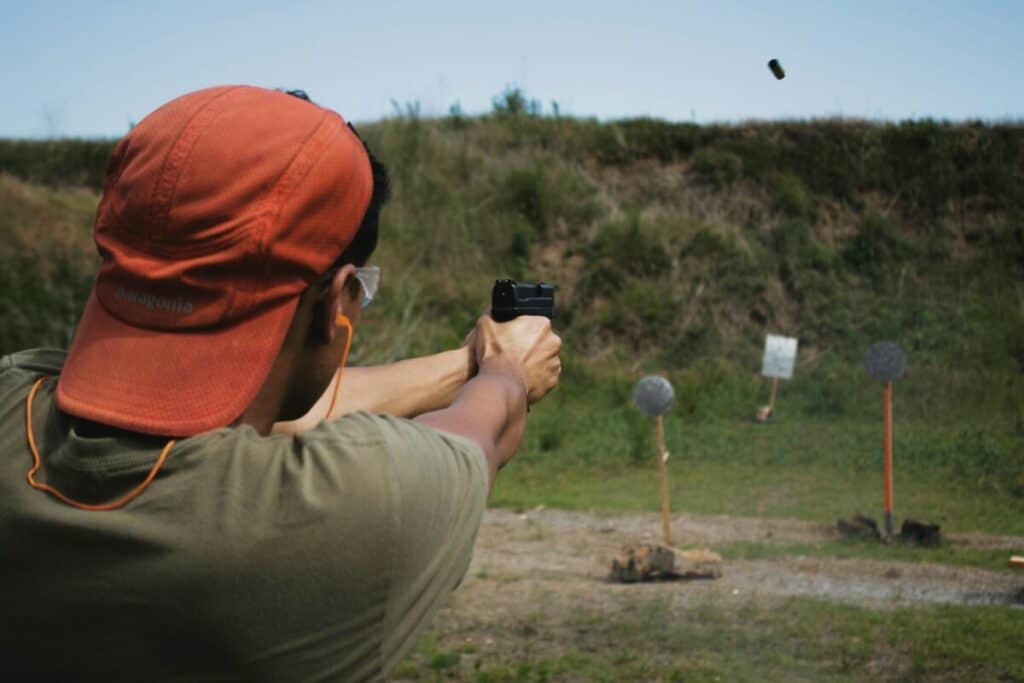
Outdoor ranges offer better airflow, which helps reduce airborne lead levels. However, they often vary more in safety structure and supervision, depending on the location and management.
Commercial and public ranges both indoors and outdoors are very safe–unofficial or unorganized ranges, however, are where the majority of accidents and deaths occur.
Safety Features That Make Ranges Safer
Design and Construction
Modern gun ranges are built with reinforced walls, secure shooting lanes, and angled surfaces that deflect stray rounds safely downrange.
Many indoor ranges also use bullet traps to capture rounds and prevent ricochets, adding another layer of safety.
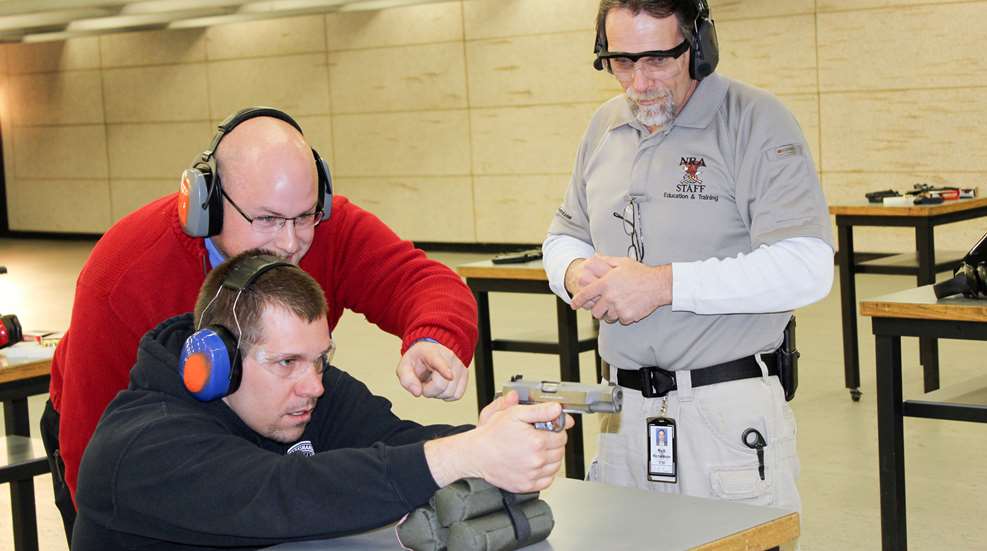
Training and Supervision
Before shooting, visitors typically go through mandatory safety briefings that cover firearm handling, lane commands, and range rules.
Trained staff, including Range Safety Officers (RSOs), closely monitor the area to correct unsafe behavior and assist shooters as needed.
Personal Protective Equipment
Proper hearing and eye protection is required at nearly all ranges. Most facilities provide or require PPE, helping minimize risks from sound and debris.
How Dangerous is Lead Exposure at Shooting Ranges?
How Lead Exposure Happens
Firing a gun indoors releases lead dust from primers and bullets into the air. In enclosed spaces with poor ventilation, this dust can linger on surfaces, skin, and clothing.
Without proper cleaning, shooters can inhale or accidentally ingest lead particles, especially through contact with hands and face.

Who’s Most at Risk
Shooters and range employees are at the highest risk of lead poisoning. Repeated exposure can affect nerves, kidneys, and cognition.
Children may also be exposed to lead secondhand—through clothing, car seats, or furniture contaminated with lead dust brought home.
How to Reduce Lead Exposure at the Gun Range
To minimize your risk of lead exposure or lead poisoning from shooting, follow these instructions recommended by the Colorado Department of Public Health:
- Use non-lead ammunition when possible
- Shoot only at ranges with proper ventilation systems
- Wash your hands and face thoroughly after shooting
- Change clothes before entering your car or home
- Wash clothing worn at the range separately to avoid cross-contamination
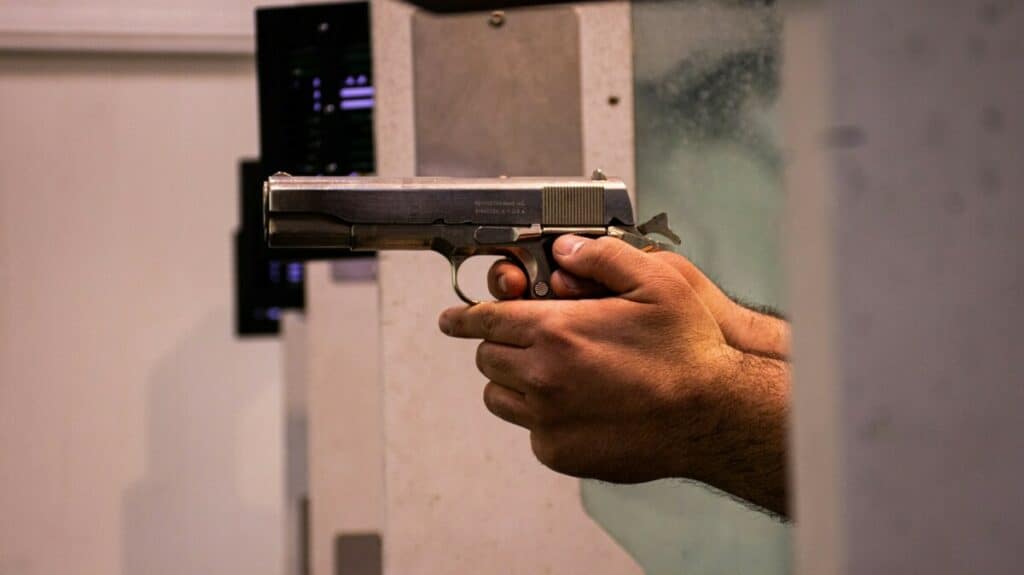
The Verdict on Gun Range Safety
Overall, supervised gun ranges are very safe environments—especially when shooters follow rules and respect standard procedures.
Accidental deaths and injuries are rare, and most accidents are preventable due to unsafe behavior or lack of supervision.
In fact, the most significant long-term risk isn’t actually gunfire—it’s lead exposure, especially at indoor ranges.
To stay safe at shooting ranges:
- Choose a range with strong safety protocols
- Ask about their ventilation system
- Always use proper protective equipment
- Listen to instructions from trained staff
- Follow hygiene steps after each session
However, safety isn’t just the range’s job. Make sure you’re well-informed and follow good safety procedures, and you can safely enjoy shooting at gun ranges!
Gun Range Safety FAQ
How many people die at gun ranges each year?
There’s no centralized national data, but available estimates suggest fewer than a few dozen deaths annually. The majority of deaths are suicides, not accidental shootings. Fatal range accidents remain rare due to strict safety standards and range supervision.
What’s the biggest health risk at a gun range?
The most significant long-term concern is lead exposure. Firing ammunition—especially indoors—releases lead dust into the air, which can be inhaled or transferred by touch.
Are indoor or outdoor shooting ranges safer?
Indoor ranges tend to have better supervision, structure, and security measures. However, they carry a higher risk of lead exposure due to limited ventilation.
Outdoor ranges offer better airflow, which helps reduce airborne lead, but they vary more in terms of supervision and safe design.
Can you get lead poisoning from a single visit to a gun range?
It is highly unlikely to get lead poisoning from one trip to a shooting range. One visit without protection is not enough to cause poisoning. Repeated exposure without proper hygiene and safety measures increases your risk over time.
What should I wear to a shooting range?
Wear covered clothing, long sleeves, and avoid open-toed shoes. Use ear and eye protection, and after your session make sure to shower and wash all clothing thoroughly.


